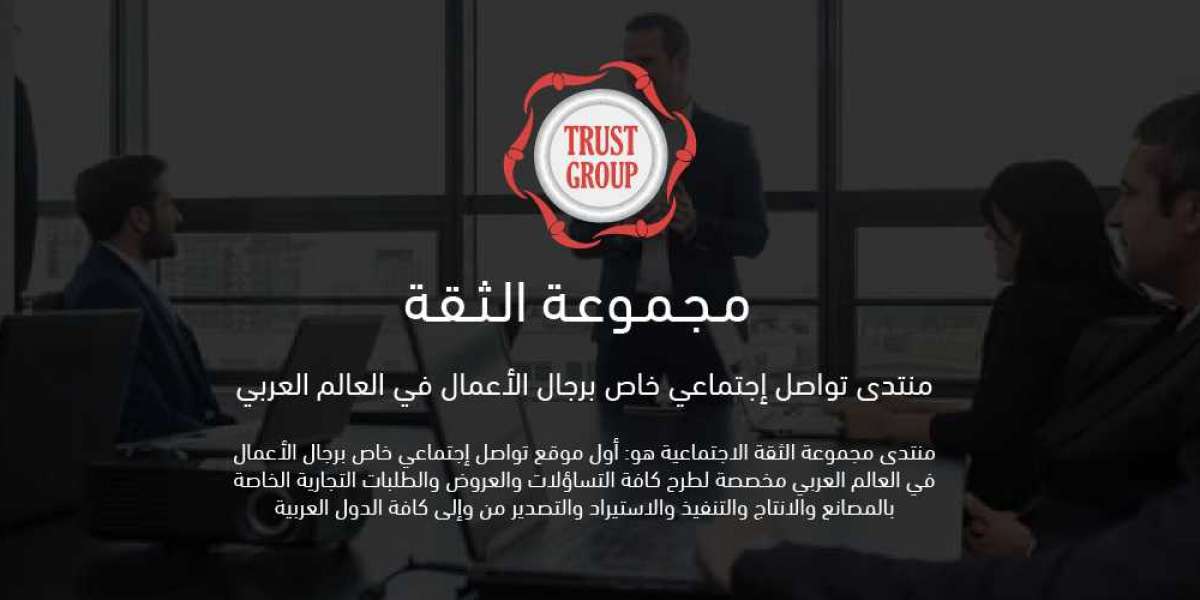Stainless steel stamping parts are often divided into: martensitic steel, ferritic steel, austenitic steel, austenitic-ferritic (duplex) stainless steel and precipitation hardening stainless steel, etc. according to the tissue state. In addition, it can be divided into: chromium stainless steel, chromium-nickel stainless steel and chromium-manganese-nitrogen stainless steel, etc. according to the composition.
Ferritic Stainless Steel Stamping Parts
Ferritic stainless steel stamping parts contain chromium 15% to 30%. Its corrosion resistance, toughness and weldability with the increase in chromium content, chloride stress corrosion resistance is better than other types of stainless steel, belonging to this category are Crl7, Cr17Mo2Ti, Cr25, Cr25Mo3Ti, Cr28, etc. Ferritic stainless steel stamping parts because of the high chromium content, corrosion resistance and oxidation resistance are better, but the mechanical properties and process performance is poor, mostly used in acid-resistant structures and for oxidation resistance steel used in the force is not large. This type of steel can resist corrosion of the atmosphere, nitric acid and brine solution, and has good high-temperature oxidation resistance, low coefficient of thermal expansion, etc. for nitric acid and food plant equipment, can also be made to work under high temperature parts, such as gas turbine parts.
Austenitic Stainless Steel Stamping Parts
Austenitic stainless steel stamping parts contain more than 18% chromium, but also contains about 8% nickel and a small amount of molybdenum, titanium, nitrogen and other elements. Good overall performance, can be resistant to a variety of media corrosion. Austenitic stainless steel stamping parts grades commonly used are 1Cr18Ni9, 0Cr19Ni9, etc. 0Cr19Ni9 steel Wc 0.08%, the steel number marked "0". This type of steel contains a large amount of Ni and Cr, so that the steel at room temperature is austenitic state. These steels have good plasticity, toughness, weldability, corrosion resistance and non-magnetic or weak magnetic properties, corrosion resistance in oxidizing and reducing media are better, used to make acid-resistant equipment, such as corrosion-resistant containers and equipment lining, pipelines, nitric acid-resistant equipment parts, etc., and can also be used as the main material of stainless steel watch jewelry. Austenitic stainless steel is generally solid solution treatment, that is, the steel is heated to 1050 ~ 1150 ℃, and then water-cooled or air-cooled to obtain single-phase austenite organization.
Precipitation Hardening Stainless Steel Stamping Parts
The matrix of precipitation-hardening stainless steel stamping parts is austenite or martensite organization, and the common grades of precipitation-hardening stainless steel stamping parts are 04Cr13Ni8Mo2Al and so on. Its precipitation hardening (also known as age-hardening) treatment to make it hard (strong) stainless steel.
Martensitic Stainless Steel Stamping Parts
Martensitic stainless steel stamping parts high strength, but plasticity and weldability is poor. The common grades of martensitic stainless steel stamping parts are 1Cr13, 3Cr13, etc. Because of the high carbon content, it has high strength, hardness and wear resistance, but slightly poorer corrosion resistance, used for higher mechanical properties required, corrosion resistance requirements in general on some parts, such as springs, turbine blades, hydraulic valves, etc. This type of steel is used after quenching and tempering treatment. Annealing is required after forging and stamping.
Austenitic-Ferritic Duplex Stainless Steel Stamping Parts
Austenitic - ferritic duplex stainless steel stamping parts have the advantages of both austenitic and ferritic stainless steels, and has superplasticity. Austenitic and ferritic organization each about half of the stainless steel. In the case of low carbon content, chromium (Cr) content in 18% to 28%, nickel (Ni) content in 3% to 10%. Some steels also contain Mo, Cu, Si, Nb, Ti, N and other alloying elements. This type of steel has both austenitic and ferritic stainless steel characteristics, compared with ferritic, plasticity, toughness, no room temperature embrittlement, intergranular corrosion resistance and welding performance are significantly improved, while also maintaining a ferritic stainless steel 475 ℃ brittleness and high thermal conductivity, with super plasticity and other characteristics. Compared with austenitic stainless steel, high strength and resistance to intergranular corrosion and chloride stress corrosion has been significantly improved. Austenitic - ferritic duplex stainless steel stamping parts have excellent resistance to pore corrosion and is also a nickel saving stainless steel.








